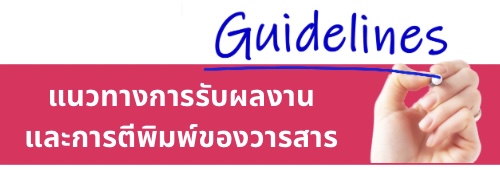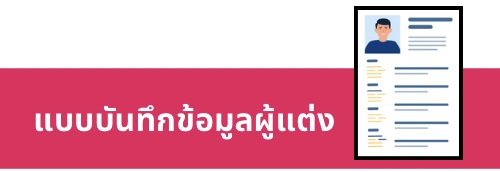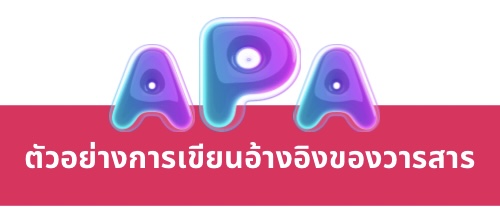นวัตกรรมหุ่นฝึกทักษะการดูดเสมหะ “RTAFNC Suction Model”
คำสำคัญ:
นวัตกรรมทางการพยาบาล, หุ่นฝึกทักษะการดูดเสมหะ, Nursing intervention, RTAFNC Suction Modelบทคัดย่อ
การวิจัยครั้งนี้เป็นการวิจัยและพัฒนานวัตกรรม มีวัตถุประสงค์เพื่อสร้างและพัฒนาหุ่นฝึกทักษะการดูดเสมหะ “RTAFNC Suction Model” และศึกษาเปรียบเทียบความพึงพอใจของนักเรียนพยาบาลทหารอากาศชั้นปีที่ 2 ต่อการใช้หุ่นฝึกทักษะการดูดเสมหะตามมาตรฐานทางการแพทย์กับหุ่นฝึกทักษะการดูดเสมหะ “RTAFNC Suction Model” ขั้นตอนการสร้างประกอบด้วย 5 ขั้นตอน ได้แก่ 1) ศึกษาแนวคิด ทฤษฎี เอกสารงานวิจัยที่เกี่ยวข้องและปรึกษาผู้เชี่ยวชาญ 2) สร้างหุ่นฝึกทักษะ 3) ตรวจสอบโดยผู้เชี่ยวชาญ 4) ทดลองใช้ 5) พัฒนาหุ่นฝึกทักษะ ตัวอย่าง คือ นักเรียนพยาบาลทหารอากาศชั้นปีที่ 2 ปีการศึกษา 2556 จำนวน 49 คน วิเคราะห์ข้อมูลโดยวิเคราะห์เนื้อหา คำนวณค่าความถี่ และค่าร้อยละ ค่าเฉลี่ย และส่วนเบี่ยงเบนมาตรฐาน เครื่องมือที่ใช้เก็บรวบรวมข้อมูลเป็นแบบประเมินคุณสมบัติหุ่นฝึกทักษะการดูดเสมหะ RTAFNC Suction Model และแบบประเมินความพึงพอใจที่ผู้วิจัยพัฒนาขึ้น โดยวิเคราะห์ค่าความเชื่อมั่นผ่านการตรวจสอบของเนื้อหาโดยผู้เชี่ยวชาญ ได้ค่าความเชื่อมั่นเท่ากับ 0.875 ทำการวิเคราะห์ข้อมูลโดยใช้สถิติบรรยาย
และค่าสถิติ paired Sample t-test
ผลการวิจัย พบว่า
1) หุ่นฝึกทักษะการดูดเสมหะ ที่พัฒนาตามขั้นตอน มีคุณสมบัติในการใช้เป็นหุ่นฝึกทักษะได้ตามวัตถุประสงค์ สามารถใส่สายในตำแหน่งที่ถูกต้องตามกายวิภาค มีสัญญาณเป็นไฟกระพริบในตำแหน่งที่กำหนดให้ นักเรียนพยาบาลสามารถฝึกทักษะได้ด้วยตนเอง และ
2) เปรียบเทียบความพึงพอใจของนักเรียนพยาบาลทหารอากาศชั้นปีที่ 2 ต่อการใช้หุ่นฝึกทักษะการดูดเสมหะมาตรฐานทางการแพทย์กับหุ่นฝึกทักษะการดูดเสมหะ “RTAFNC Suction Model” พบว่าค่าเฉลี่ยความพึงพอใจต่อหุ่นฝึกทักษะการดูดเสมหะ “RTAFNC Suction Model” เท่ากับ 4.01 มากกว่า ค่าเฉลี่ยความพึงพอใจต่อหุ่นฝึกทักษะการดูดเสมหะที่ใช้ในห้องสาธิตปฏิบัติการพยาบาล เท่ากับ 3.43 อย่างมีนัยสำคัญ (t = 6.374; p <.05)
Innovative Suction training “RTAFNC Suction Model”
Abstract
The purposes of an innovative research and development were 1) to createand develop a training suctioning model called “RTAFNC Suction Model” and 2) to compare satisfaction of using RTAFNC suction model to classical suctioning model. The samples were 49 Air Force Student Nurse of the second year, academic year 2013. The suction training model “RTAFNC Suction Model” was created under 5 steps: 1) studying related theory and research paper, 2) constructing RTAFNC suction model, 3) consulting experts, 4) experimenting, and 5) developing the model. Questionnaires of satisfaction and Model Quality Assessment reliability were 0.875. Data were analyzed using descriptive statistics and paired t-test.
The results were as follows:
1) RTAFNC suction model was developed by the process of which the characteristics itself meet the objective of suction training skill. The model shows right anatomy position of carina bifurcation where the sensor was located and the light blink when the student nurses self -practiced correctly.
2. Comparison of Air Force Student Nurses ‘satisfaction toward “RTAFNC Suction Model” and classical model. It was found the satisfaction was significantly different at 0.05 levels (t = 6.374; p <.05)
Downloads
ดาวน์โหลด
เผยแพร่แล้ว
รูปแบบการอ้างอิง
ฉบับ
ประเภทบทความ
สัญญาอนุญาต
ผลงานที่ได้ตีพิมพ์แล้วจะเป็นลิขสิทธิ์ของวารสารพยาบาลตำรวจ















